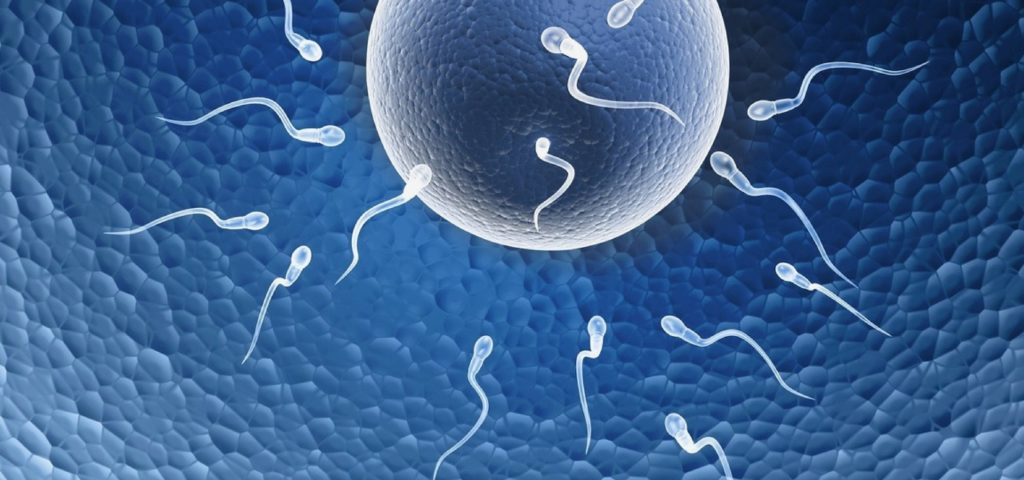The decision to bank your baby’s cord blood stem cells is a significant one, offering potential health benefits for both the child and their siblings. Understanding the intricacies of stem cell matching and the role these cells play in medical treatments is crucial for making an informed choice about storing this precious resource.
Who Can Benefit?
Your baby’s cord blood stem cells are a 100% match for themselves, ensuring a personalized and compatible source for potential future medical treatments. Siblings, on the other hand, may also benefit, but a crucial step is determining their compatibility through a process called tissue typing or HLA (Human Leukocyte Antigen) testing. This method reveals whether siblings can utilize each other’s stem cells for approved therapies.
Biological siblings share a 25% chance of being a match, a statistic that highlights the importance of storing cord blood for each child in the family. Biological parents are considered a partial match, termed ‘haploidentical,’ emphasizing the need for alternative sources in certain situations.
Importance of Matching in Transplants
In cases where an individual cannot use their own stem cells due to an inherited condition, having cord blood from a matched sibling becomes invaluable. If the sibling did not inherit the same condition, their cord blood becomes a preferred source for stem cells in potential transplant scenarios. This emphasizes the critical role cord blood banking plays in securing a suitable match for transplantation, significantly increasing the chances of successful treatment.
Comparing Match Chances
Understanding the probabilities associated with different sources of stem cells is vital in appreciating the value of cord blood banking. The chances of being a suitable match for a transplant vary based on the source of stem cells:
- Autologous (Your own stem cells): 100% chance of a match.
- Syngeneic (Stem cells from identical twins): Each twin has a 100% chance of a match.
- Haploidentical (Stem cells from biological parents): A 50% chance of matching.
- Allogeneic (Stem cells from biological siblings): Each sibling has a 25% chance of matching.
Banking your baby’s cord blood stem cells is an investment in their future health. The potential benefits extend beyond the individual, providing a lifeline for siblings who may require compatible stem cells for medical treatments. As the statistics show, the chances of finding a transplant match from unrelated donors are extremely low, making cord blood banking a proactive and strategic choice for families concerned about their long-term well-being.
References
- Waller-Wise R. Umbilical cord blood: information for childbirth educators. J Perinat Educ. 2011 Winter;20(1):54-60. doi: 10.1891/1058-1243.20.1.54. PMID: 22211060; PMCID: PMC3209739.
- CryoSave South Africa: A Trusted Choice for Safeguarding Your Baby’s Future with Stem Cell Banking - June 26, 2024
- Revolutionizing Blood Cancer Treatment: Cord Blood Transplants Provide Hope for Non-Matched Patients - June 19, 2024
- Unlocking the Future of Healthcare: What is Cord Blood- and Tissue Stem Cell Banking? - June 12, 2024




